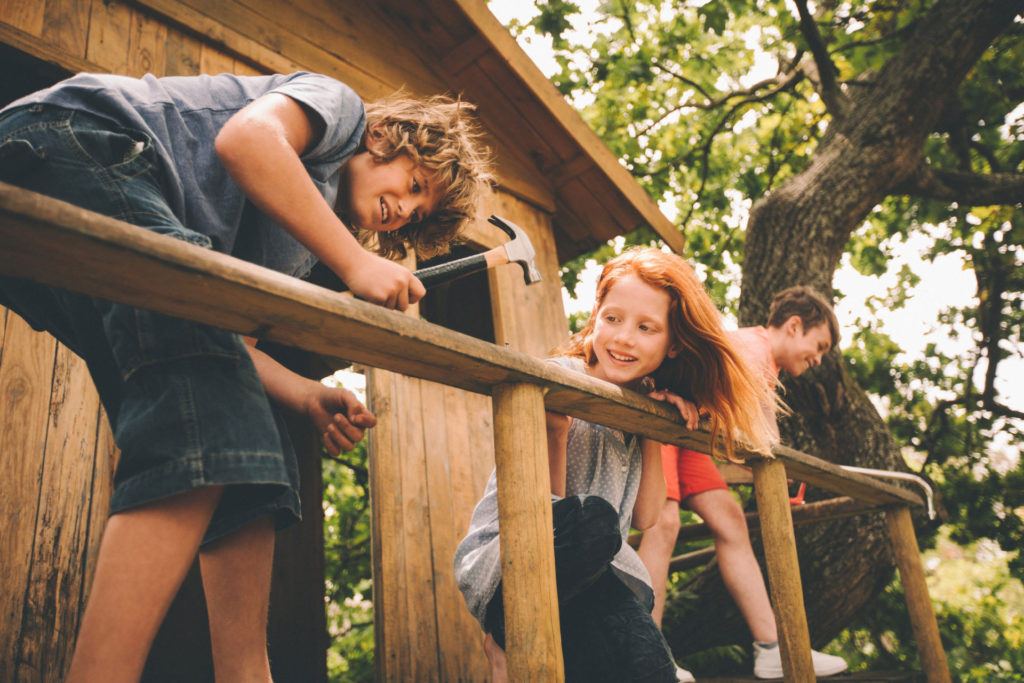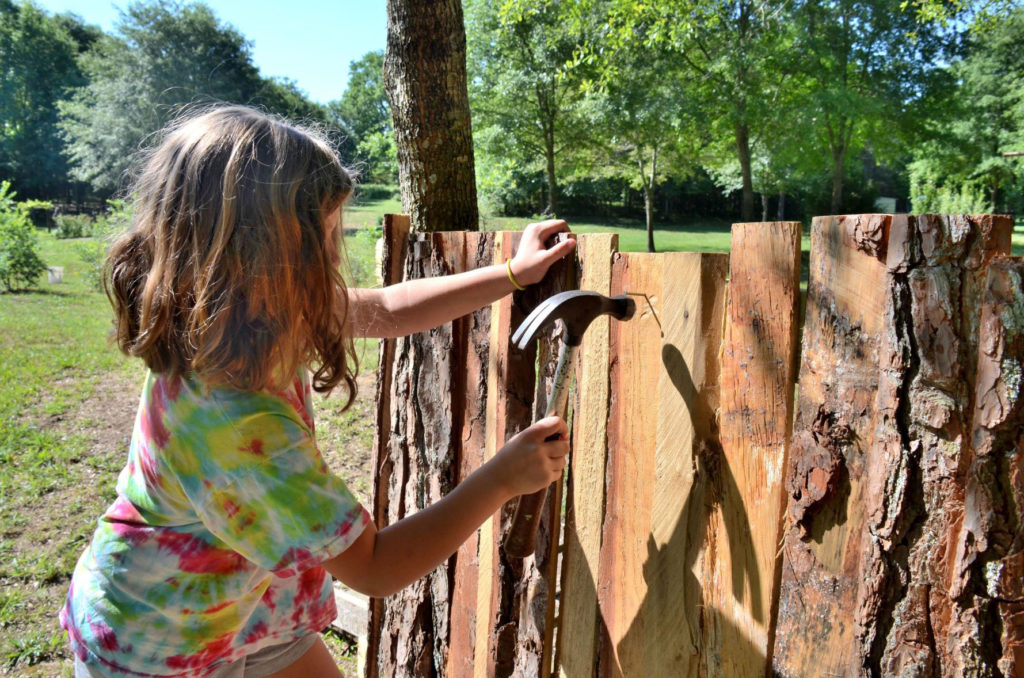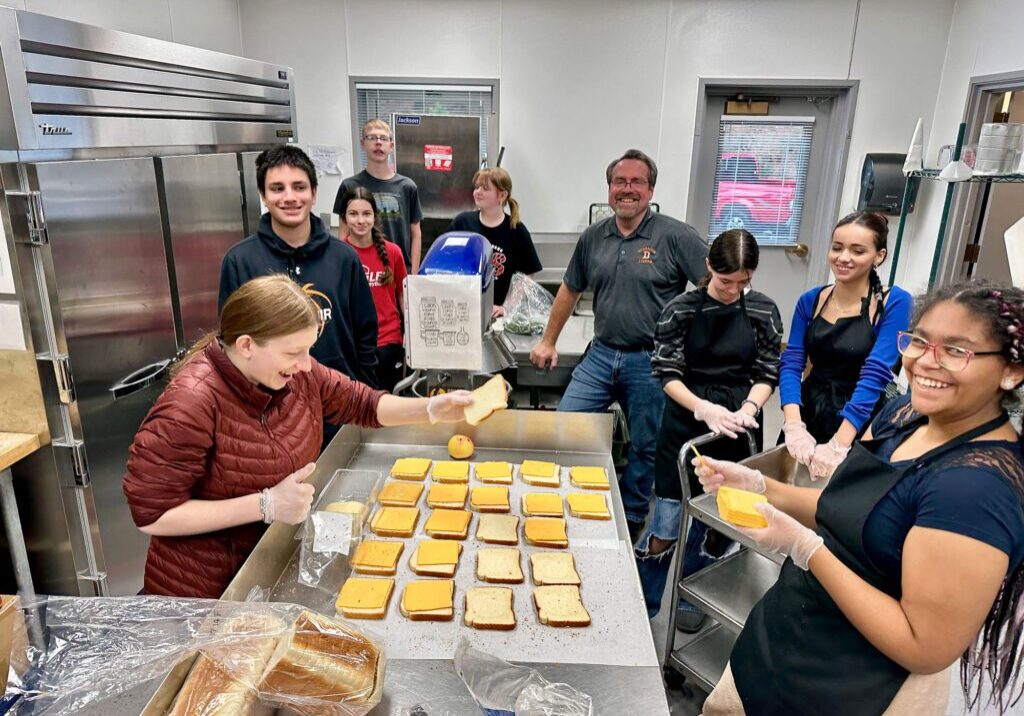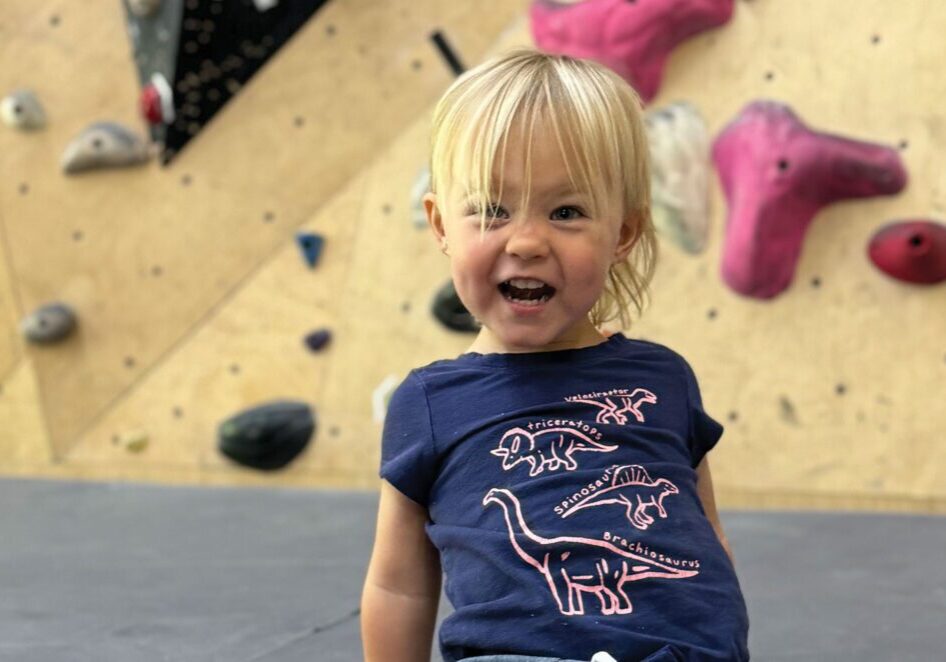When I was eight years old I decided it would be fun to live in a travel trailer. Our family didn’t happen to have one, so I set about building one for myself. I dreamed about parking it near the back of our property and living there, wild and free.
I was a logical child, so I started at the beginning. A trailer stood on wheels—I’d have to make those first. I found an old saw and some plywood and began trying to saw in a circle. It wasn’t easy, but I hacked out some circle-like things and moved on. Next I’d need the floor of the trailer. I found some two by fours, nails and a hammer and pounded them together in 90 degree angles. So far, so good.
Then something unimaginable happened. My nasty older cousin came for a visit and found my project. He not only made fun of it, he tore it apart. I had already begun to entertain some self-doubts about my progress, but this loss sent me into wails of despair.
Ellen Galinsky’s book, Mind in the Making, makes the point that taking on challenges is an essential life skill: “Life is full of stresses and challenges. Children who are willing to take on challenges instead of avoiding them or simply coping with them do better in school and life.”
She also says parents can support their children when they want to build a lemonade stand, make a fort in the back yard, or run in a 5K race to raise money for a good cause. Such projects build confidence, independence and coping skills for future life challenges. And when a child is willing to step out and try something, our role as parents is to cheer them on. Those who are encouraged to strike out on their own and try new things are more likely to explore, invent and see new connections in the process.
Next time your kids want to “build a fort” or embark on any other creative project, there are proven ways to support their efforts.
Speak encouraging words
Whether the project seems doable or not, the effort will be worth your encouragement. Any positive, encouraging words you offer will make a huge difference to your child’s willingness to try.
Give them access to “stuff”
Parents can encourage creative projects by merely allowing access to “stuff.” Are your children free to use art supplies, blankets, pillows, toys to build a structure? Is it ok for them to use found objects, scrap wood and simple tools to create their projects?
Allow time and space for them to be creative on their own
While kids sometimes respond well to suggestions from adults, these creative projects are best done on their own. Children are often satisfied with a finished product that looks nothing like the house or barn or spacecraft we might envision. Pretending is a big part of the fun.

Hands-on creative play is worth its weight in gold, and parents can encourage all sorts of projects to build independence and confidence.
Expect some mess
Creative play means there may be rubble to clean up, household items to put away, spilled paints or marks on the floor. There may be a few scrapes and bruises in the midst of creative outdoor projects. As long as there are no major safety issues, the process is worth the cost.
Praise the finished project and the lessons learned
My four little wheel-like pieces and the two by fours nailed together as the beginning of my floor didn’t look like much of anything. But they meant the world to me. All my dreams and creative efforts had been invested in them. I would have been thrilled to hear, “Wow, you put a lot of work into that. Tell me about it.”
Failure is a great lesson
A failed project is a great learning opportunity. Kids need to learn the important lesson that nothing is gained without the willingness to make mistakes. This might be a great time to read a book about inventors or great thinkers and examine all the failures they had on the way to success.
Hands-on creative play is worth its weight in gold, and it’s hard to find in these days of computer games and screens. So keep your ears open for the creative ideas your children mention. And whatever you do, encourage their plans to take on a challenge.
Posted in: Out & About, Youth & Teen
Comment Policy: All viewpoints are welcome, but comments should remain relevant. Personal attacks, profanity, and aggressive behavior are not allowed. No spam, advertising, or promoting of products/services. Please, only use your real name and limit the amount of links submitted in your comment.
You Might Also Like...

What is a Resource Parent? – How to Open Your Home and Heart to Children in Need
Here in the North State, approximately 1,350 children are not able to remain in their own homes. The Department of Social Services matches these children with a resource family where […]

Countdown to College: Tips to Help Students Find Their Fit
The high school road to college may seem like four of the most challenging years families face. Along with the deadlines and tough financial choices, parents and their children don’t […]

Read Across Siskiyou: 14 Years Promoting Childhood Literacy
Every once in a while an idea comes along that transforms an individual, a community, and sometimes even the world. Since the childhood literacy program Read Across Siskiyou (RAS) was […]

To My Teenage Son: What I Want For Mother’s Day From You
I know better than to expect a handmade card from you this year. Or a necklace made out of macaroni noodles or a stone painted with the words, “Mom, you […]




